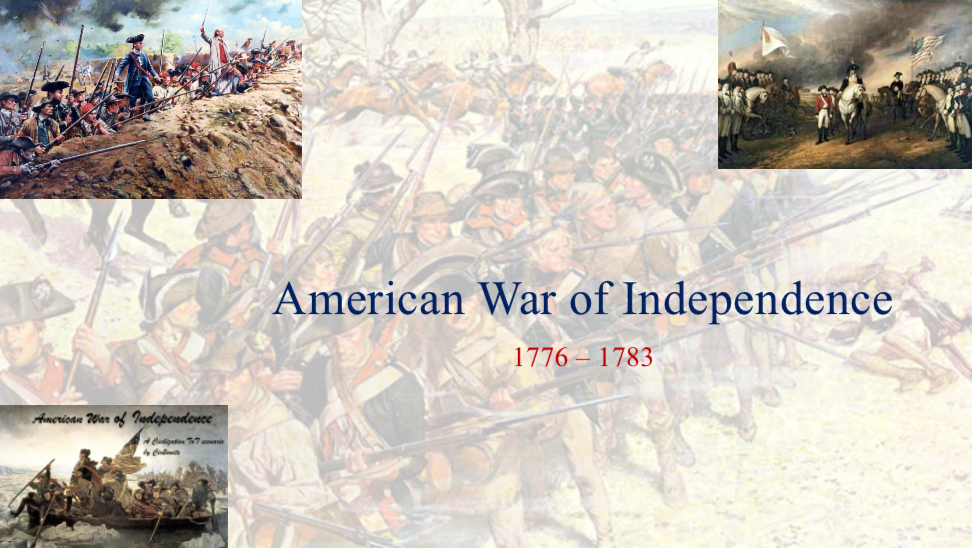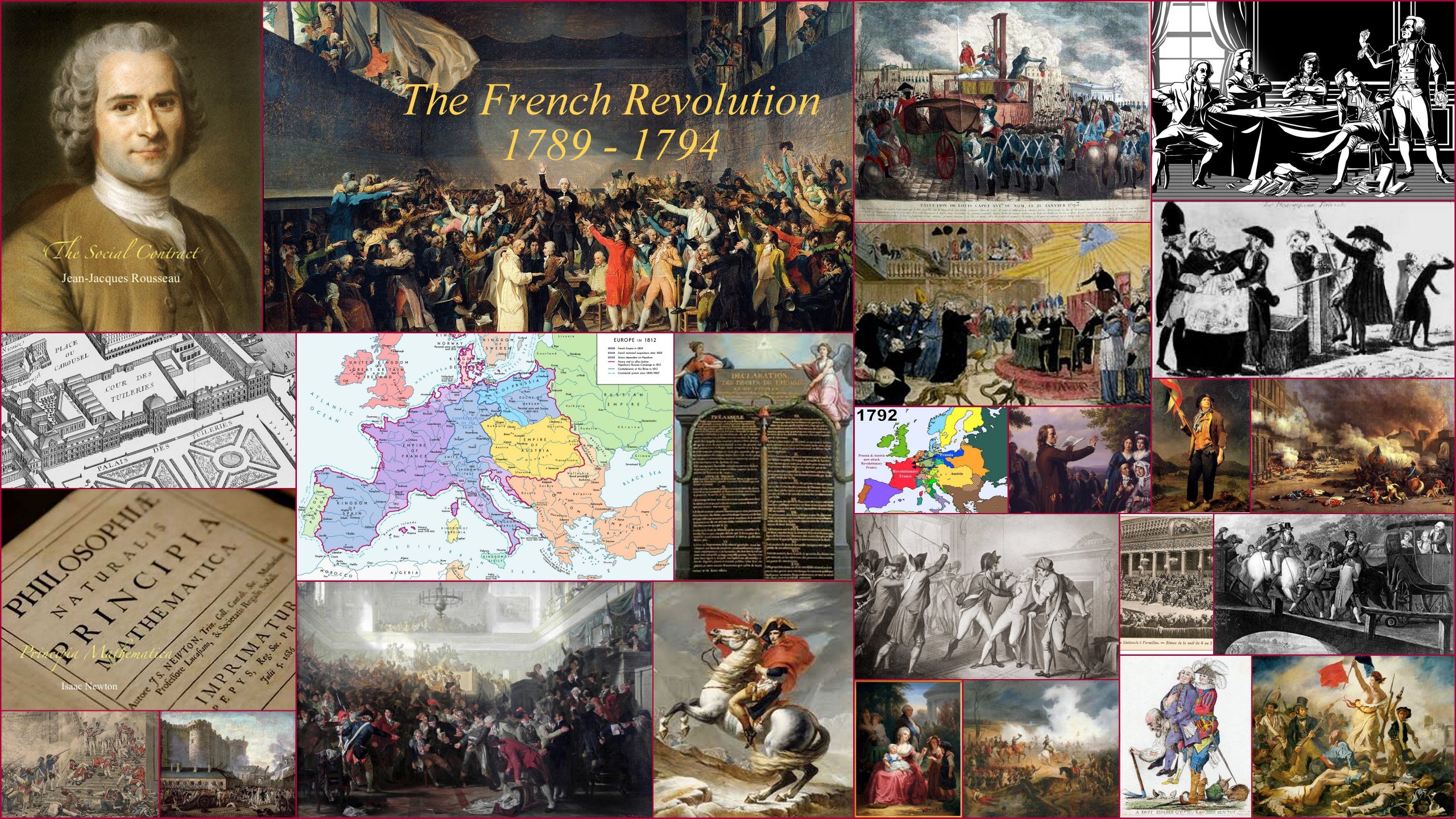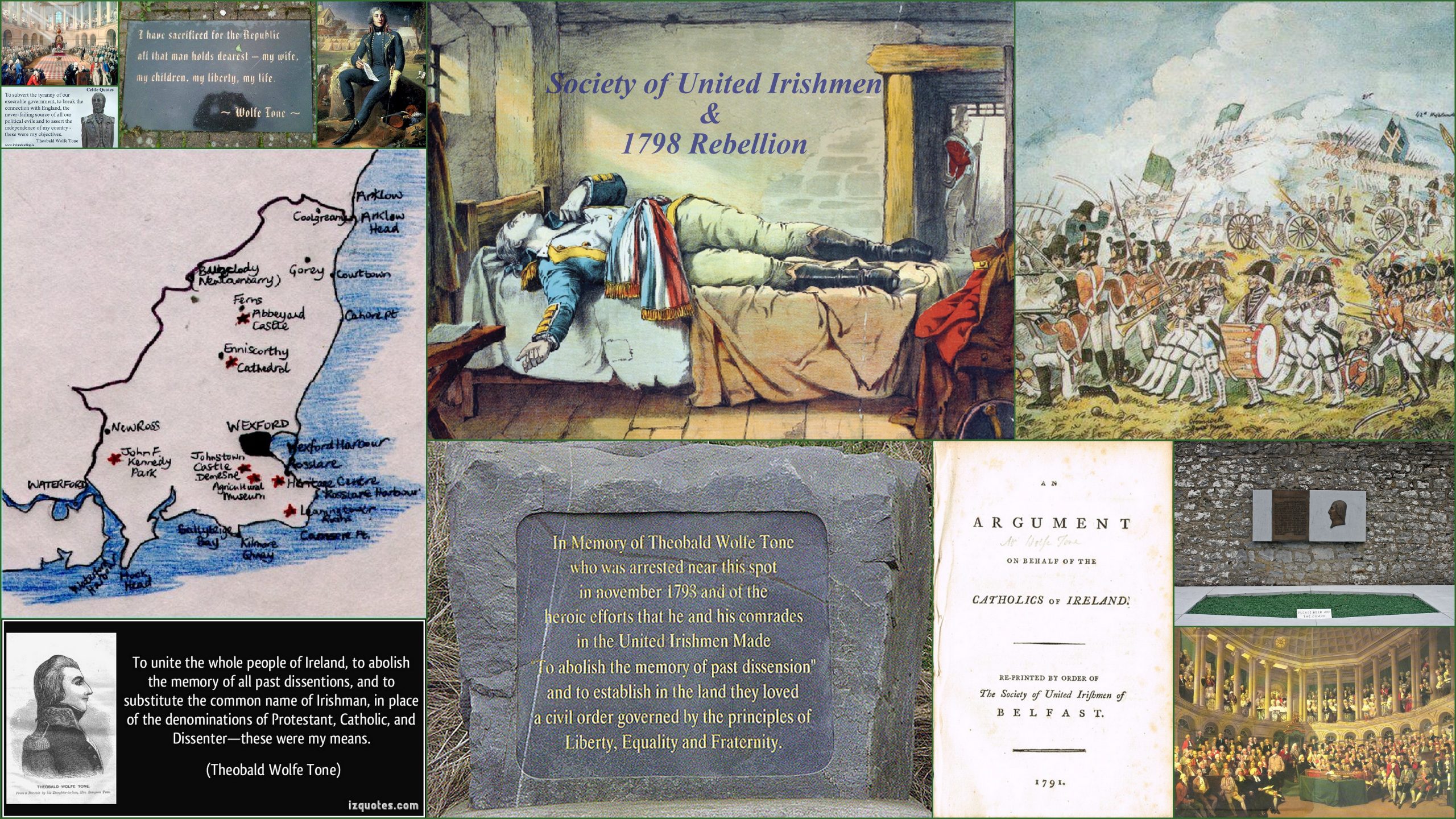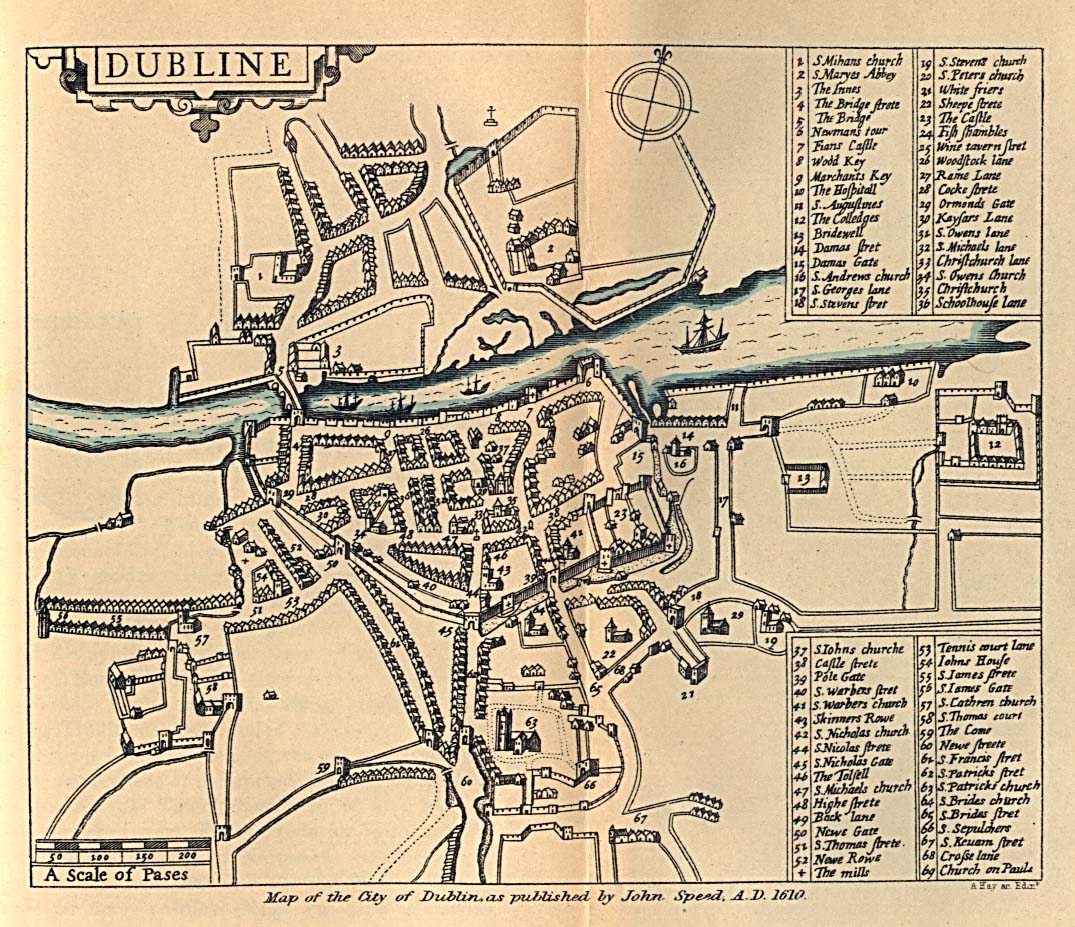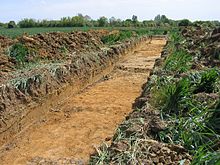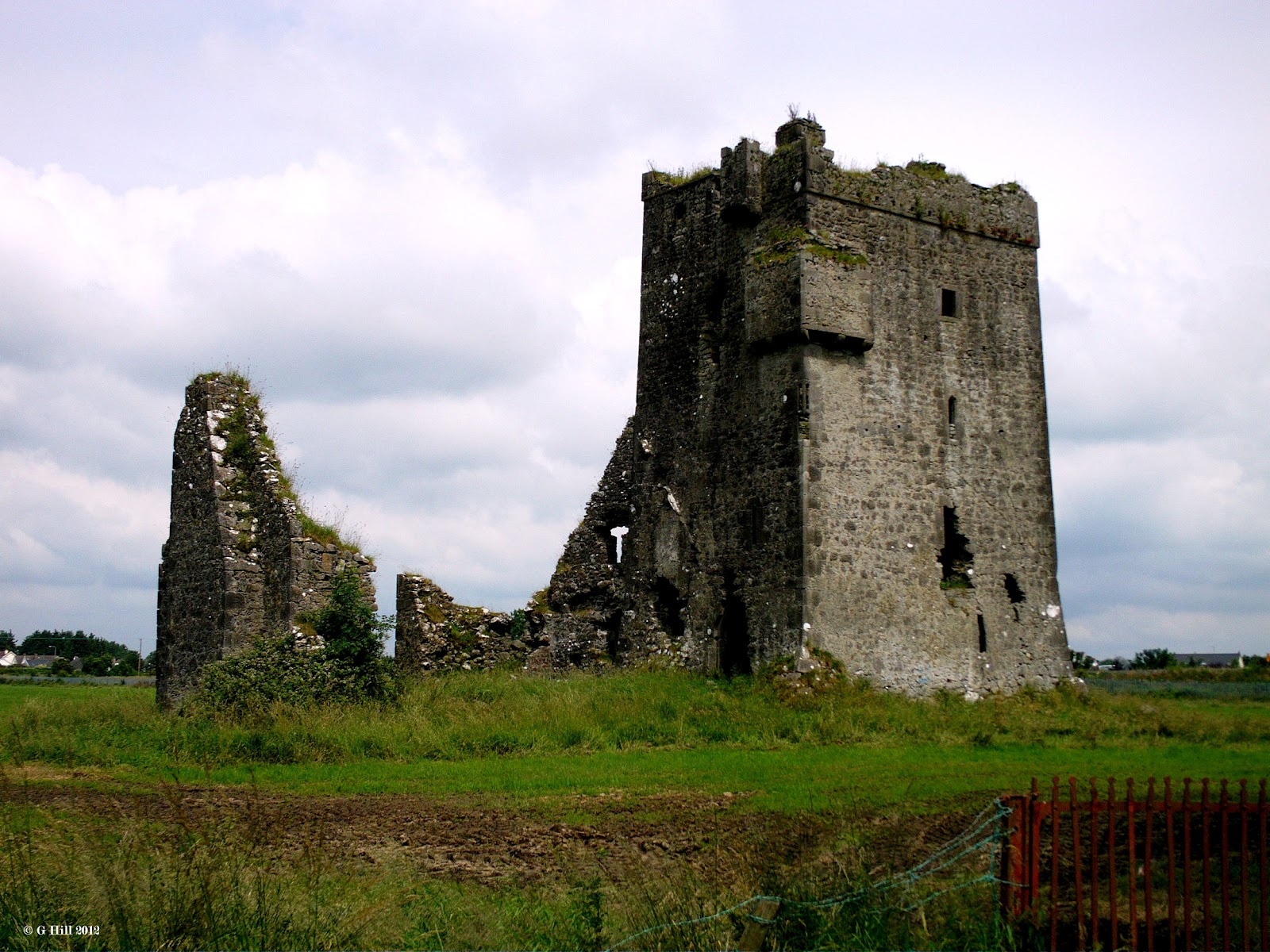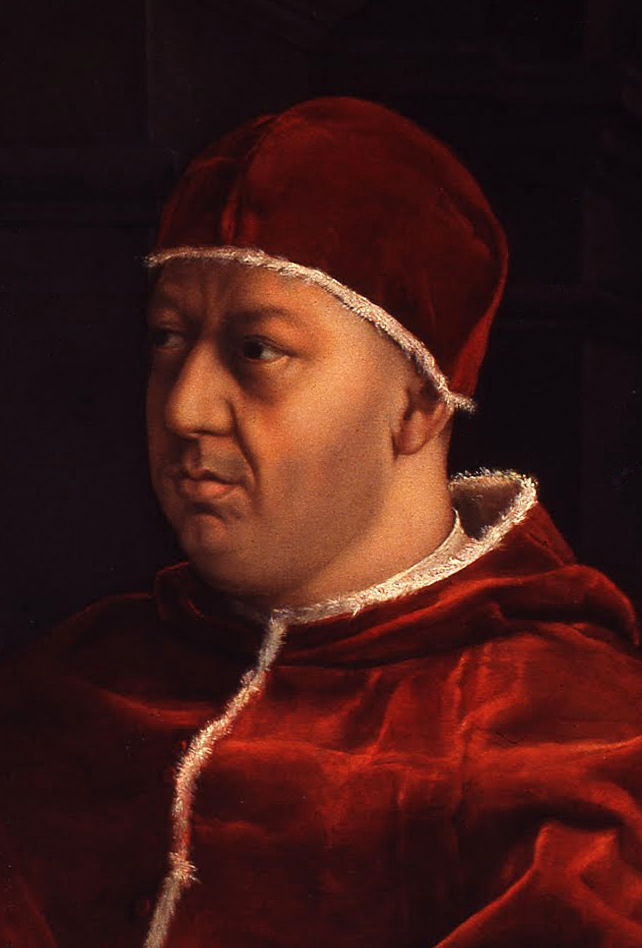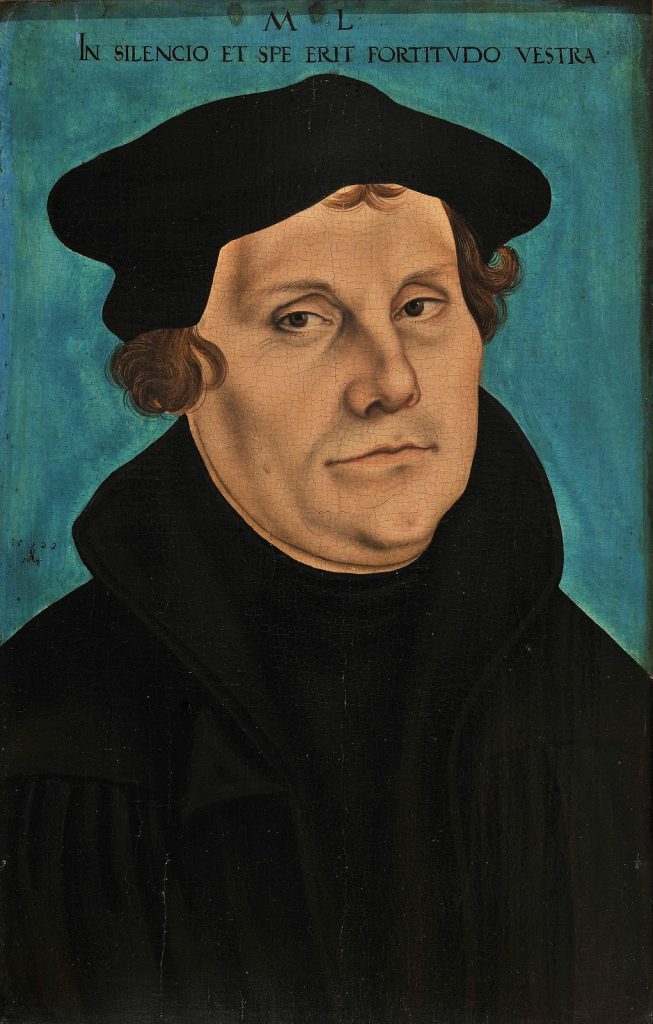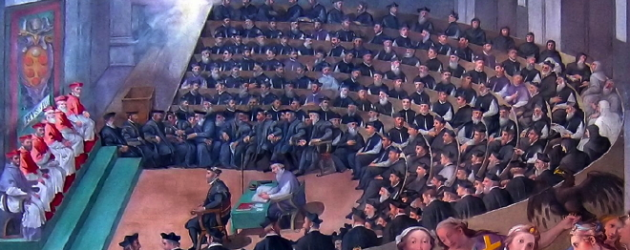The Age of Discovery
Period of Exploration & Discovery:
Early 15th Century (1400’s) – Early 17th Century (1600’s)
Video for Age of Exploration
Motives for Age of Exploration & Discovery
POWER: European countries were eager to explore and claim new territories to expand their power & prestige. Rivalry amongst European nations was foremost in this regard. Cost of exploration (ships, men, raw materials) meant that national monarchies/governments were involved in sponsoring these voyages of discovery.
CULTURE: Europeans believed in spreading Christianity and their language. Much of this belief was based on the common European ideal of ‘civilisation’ and ‘progress’ i.e. that it was Europeans’ duty to ‘enlighten’ and ‘educate’ less advanced peoples.
ECONOMICS: One particular motive for exploration was that of spices in particular and resources in general. Great wealth and prosperity for themselves, their King and their country in general could be achieved in securing these resources and raw materials in far-off territories.
New developments/ Inventions in Age of Exploration:
Portuguese Caravel sailing ship developed in early 1400’s. Faster sailing ship, using triangular sails and a rudder for sailing against the wind.
Astrolabe was a device that used the positions of the stars to determine ship’s position
The development of the Magnetic Compass greatly aided navigation during the Age of Discovery; it helped sailors to determine their position in relation to North, South, East & West.
SUPERSTITIONS & BELIEFS
In a world where Europeans had rarely if ever travelled outside the ‘known world’ the prospect of sailing right out into the ‘Western Ocean’ (Atlantic Ocean) filled many sailors with dread. Superstitions affected national cultures and their desire to travel and explore. One of the most prevalent of superstitions was based on a religious ‘world-view’ i.e. that the Earth was the centre of the universe and the sun, moon and stars revolved around the Earth. Within this view, Earth was usually seen as being flat. Therefore sailing out into the extremes of the Western Ocean could very well mean “Falling off the edge of the Earth”.
Junior Cycle History
Click on the header title (underlined) to access each chapter of the course.
N.B. Click on the People in History file in each chapter to access a completed example of that topic: Check each day for updates on these
Click on Files for Download for a complete itinerary of powerpoints & word files for download.
- Junior Cert Exam Guidelines (H)
- Junior Cert Exam Guidelines (O)
- Section 3 Short Questions Revision for 2014
- Extended Guidelines & Suggested Topics for JC 2014
- Files for Download (JC History)
The Work of an Archaeologist
_________________________________________________________________________
The Stone Age
__________________________________________________________________________________
____________________________________________________________________________________________
____________________________________________________________________________________________
Ancient Rome – Republic to Empire
- Life & Times of Rome
- The Reach of the Roman Empire
- The City of Rome
- The Roman Senate
- The Roman Army
- Roman Architecture
- Roman Engineering: Roads & Aqueducts
_____________________________________________________________________________________________
_____________________________________________________________________________________________
_____________________________________________________________________________________________
The Renaissance
The Revolution of Perspective PowerPoint
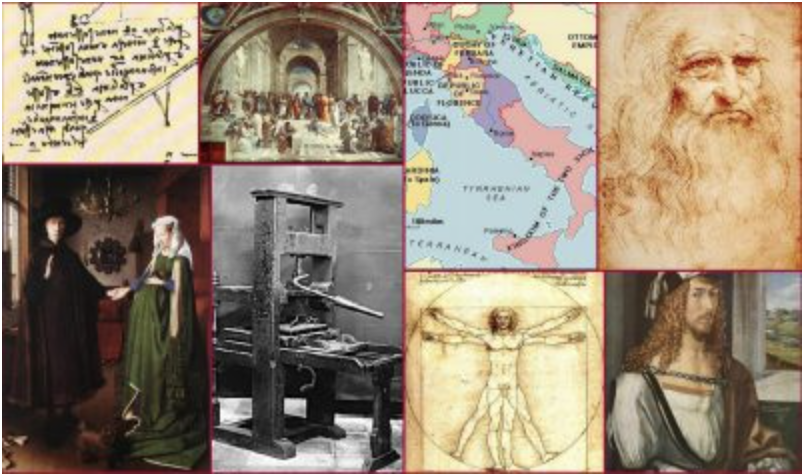
- Why Northern Italy?
- The Role of Patrons
- The Printing Press
- Renaissance Painting
- Renaissance Architecture
- Michelangelo
- People in History Leonardo daVinci
- Galileo Galilei
- Albrecht Dürer (German Renaissance)
_____________________________________________________________________________________________
- Abuses within the Roman Church

- Sale of Indulgences
- Martin Luther Religious Reformer during the Reformation
- Europe After Luther
- Jean Calvin
- John Knox
- The Counter-Reformation
- The Spanish Inquisition
- The Council of Trent
- The Jesuits
____________________________________________________________________________________________
The Age of Discovery
- Motives for Exploration
- People in History Christopher Columbus
- New Innovations in ship-building
- New navigation instruments
- Treaty of Tordesillas (1494)
____________________________________________________________________________________________
- Ireland in the 1500s

- The Laois-Offaly Plantation
- The Munster Plantation
- The NineYears’ War
- The Battle of Kinsale
- TheFlight of the Earls 1607
- The Ulster Plantation
- The English Civil War
- The Cromwellian Plantation
- The Protestant Ascendancy
_____________________________________________________________________________________________
The Age of Revolutions – When & Why?
- George Washington PowerPoint
- The American Revolution
- The 13 Colonies
- Revolution Stirs
- American War of Independence
- The-American-Revolution Revision
- French Revolution
The Industrial Revolution
- Population Explosion

- Urbanisation
- From Domestic System to Factory System
- The Agricultural Revolution
- The Transport Revolution
- Working & Living Conditions in 18th Century England
- Industrial-Revolution PPT
_____________________________________________________________________________________________
Social Change in Ireland, 1900 – 2000
- Communications
- Education
- Lives of Women
- Transport
____________________________________________________________________________________________
Political Change in 20th Century Ireland
- The Home Rule Crisis 1912-1914

- The Easter Rising 1916
- The 1918 General Election
- The 1st Dail Eireann 1919
- Irish War of Independence 1919-1921
- The Anglo-Irish Treaty 1921
- The Irish Civil War 1922-1923
- Cumann na nGaedhael in Power 1923-1932
- DeValera & ‘Dismantling the Treaty’ 1932-1939
- The ‘Emergency’ 1939-1945
- 1st Inter-Party Government 1948-1951
- Ireland in the 1950s
- Sean Lemass & 1st Programme for Economic Expansion 1959-1966
- Ireland & the EEC 1973-2000
- Northern Ireland 1969-1998
____________________________________________________________________________________________
International Relations in the 20th Century
- Treaty of Versailles 1919
- Weimar Germany 1920 – 1933
- Nazi Germany 1933 – 1939
- World-War-II-ppt
- The Cold War & Space Race
____________________________________________________________________________________________
Christopher Columbus
Christopher Columbus: People-in-History-Christopher-Columbus
Born: 1451 in Genoa, Italy. (Italian port city) The eldest of five children.
Youth: worked in his father’s wool weaving business. At 14, went to work at sea on merchant ships.
Studied: Sailing & Cartography (the study of maps & map-making).
A quicker route to China & the Far East
Concept: ‘Entreprise of the Indies’ (theory that declared by sailing west, one would reach the Far East). At this time, European countries wanted to find new routes to China & the Far East, where valuable and precious spices were to be found. Most ships sailed down around the coast of Africa and across the Indian Ocean up to this time.
Columbus believed that there was a more direct way.
________________________
The Search for a Sponsor
1st Plea for Sponsorship: King of Portugal & other kings in Europe (all unsuccessful)
2nd Plea for Sponsorship: King Ferdinand II & Queen Isabella I of Spain. (1492 – after 7 years of pleas)
Ferdinand & Isabella’s Motives for Sponsorship: Wealth & spices, new territories to control and spreading Christianity. Their rivalry with Portugal was also a key motive in the Spanish Court backing his expedition. Columbus demanded 10% of all revenue accrued from successful explorations. He also demanded to be made Viceroy of all new lands found on his expedition.
_______________________
The Expedition Begins
Ships:
- Santa Maria (a ‘Nao’,Columbus’ ship),
- Pinta (caravel)
- Nina (caravel).
- 90 sailors
_______________________
Sailors’ Fears & Superstitions
Many sailors believed that the open ocean held unknown dangers.
- Sea monsters
- ‘boiling’ seas
- flat earth – sail off the edge of the world. (Although largely discredited by this time, sailors remained superstitious)
- Many of the sailors would beg Columbus to return to Spain over the period of the three months of expedition.
_________________________
The Voyage Begins
3rd of August 1492 from Palos.
1st Leg: sailed to the Canary Islands to take on supplies
2nd Leg: sailed out into the open Atlantic in the direction of the Far East.
New inventions used:
- ‘Dead Reckoning’:
- Compass
- Traverse Board0
First Sighted Land: 12th October 1492. Columbus called it San Salvador. Claimed for Spain. Met by Native Americans. Columbus called them ‘Indians’, believing them to be in Asia.
_________________________
Columbus’ Quest for Gold
Columbus exploited their lack of value in precious items such as gold. The natives were forced to show him where they found gold, on the island of ‘Hispaniola’ (present-day Haiti & Dominican Republic). On this part of the trip, the Santa Maria struck rocks and sank. Columbus left 39 men behind on Hispaniola to create a permanent settlement.
Lands Discovered:
- San Salvador
- Cuba
- Hispaniola
_______________________
A Hero’s Return
March 1493: Columbus returns to Spain a hero in March 1493, with Indian women, gold and exotic gifts. The Spanish Court then agreed to fund a much larger second voyage of 17 ships.
_______________________
Later Voyages
2nd Voyage: (24th of September 1493) Columbus returned to the fort built on Hispaniola to find that many of his men had been killed. Natives over the age of 14 were then forced to mine for gold. Columbus returned to Spain in 1496.
3rd Voyage: (30th May 1498) Word spread about the lack of gold, sailors dying from unknown diseases and the dangers posed by travelling on Columbus’ expeditions. He set sail on his third voyage with ten prisoners who had been granted amnesties to make up a full crew compliment.
Columbus sailed further south on this voyage. Dealing with rebellious settlers in a harsh fashion, including hanging some of them, Columbus was returned to Spain in chains.
Columbus’ Last Voyage
4th Voyage: (11th May 1502): set sail on just four sub-standard ships. He tried to sail to present-day Central America, trying to find a route to Asia. His ships finally broke up after harbouring on present-day Jamaica. Returned on a ship to Spain in 1504.
Death: 20th May,1506
_________________________
Legacy: accredited with finding the ‘New World’. Spaniards & Natives both suffered from new diseases which both sets of people were unable to recover from. Large-scale slavery and exploitation of indigenous people.
Junior Cert Exam Guidelines (H)
Time: 2.5 hours
Total Marks: 180
Sections: 6
(1) Pictures (15 marks)
This section contains 3 Pictures/ Photographs on which you must answer all questions.
(2) Documents (15 marks)
This section contains 2 Documents on which you must answer all questions.
(3) Short Questions (20 marks)
This section contains 20 Short Questions of which you must answer 10 correctly.
(4) People in History (40 marks)
This section contains 2 (A & B) sub-sections of which you must answer 1 in each sub-section i.e. One from A & One from B.
(5) Early Modern Ireland & Europe (30 marks)
(Age of Revolutions/ Reformation/ Plantations/ Exploration/ Industrial & Agricultural Revolutions)
The topic of this question varies between the sections named above. 1-2 Primary/ Secondary Sources (Pictures/ Documents) are provided and all questions must be answered.
(6) Later Modern Ireland & Europe (60 marks)
(Industrial & Agricultural Revolution/ Reformation/ Age of Revolutions/ Social Change in 20th Century Ireland/ Political Developments in 20th Century Ireland/ International Relations in the 20th Century)
This section contains 4 Sub-Sections of which you must answer 2 sub-sections only.
Exam Guidelines:
Answer Sections 1, 2 & 3 in the Exam Booklet.
Answer Sections 4, 5 & 6 in separate Exam Answer Booklet.
Time Allocation:
Section (1) Pictures = 10 – 15 minutes
Section (2) Documents = 10 – 15 minutes
Section (3) Short Questions = 15 – 20 minutes
Section (4) People in History = 25 – 30 minutes
Section (5) Early Modern Ireland/ Europe = 20 – 25 minutes
Section (6) Later Modern Ireland/ Europe = 35 – 40 minutes
*N.B. If the maximum times are taken in the suggestions above, this will leave no time for checking your answers and/ or editing what you have previously written. Be aware of time constraints and DO NOT leave any section unanswered.
Archaeologist Working on a Dig
Planning:
Equipment used:
Methods of Dating & Classifying Artefacts:
Sorting Table:
Transportation & Display of Artefacts:
*Rescue Archaeology:
*Underwater Archaeology:
Choosing a Site
An archaeologist chooses a site to begin an excavation after evidence is found that there may be historical artefacts located in that place. The archaeologist will consult with any existing primary & secondary sources to estimate the exact location and type of excavation that is necessary. Examples of existing evidence would be settlement ruins that have been unearthed, or tools, jewellery and/or weapons that have been recently found there. The size & location of a dig varies, as artefacts can vary from ‘accidental locations’ such as broken pots, coins, tools and weapons to ‘deliberate sites’ such as settlements, tombs & burial sites.
Beginning the Dig
Having completed all the pre-dig research, using primary & secondary sources and consulting with historians, the archaeologist will then map out the perimeter of the dig site. This is done with either a line (narrow rope or string with small poles) or metal grid. The dig beings with a shallow excavation while the archaeologist sketches and photographs the dig as it progresses down into the soil, taking photographs of the layers of opened soil. He will use a measuring pole to identify the depth of the dig and each artefact as it is found.
Tools & Methods
As the dig progresses, the archaeologist will use finer tools so as not to damage any artefacts in the soil. These tools include small trowels, for opening up the soil carefully & a sieve, for separating any small artefacts or pieces of artefacts from the soil. Any artefact or unidentified object will then be placed on a ‘sorting table’ where the relationship between different artefacts can be later established.
Further Tools & Methods
Once a significant find has been established, the archaeologist will then use a grid, which can be used to ‘plot’ on a sketch (or photo) of the location of different artefacts on the same strata level in a dig. This can be particularly useful if artefacts are small, broken or unusual. Using the grid, the relationship between these artefacts can later be established accurately. Stratigraphy is especially useful; as the level of soil in which the artefact is found gives a good estimate as to the age of the artefact. Carbon-14 Dating is used when any human remains are found; the less carbon found in the bone fragments, the older the remains (radiocarbon test). Finally, Dendrochronology is used to date wooden artefacts; a cross section of the wood in the artefact reveals the number of rings, therefore the age. (Also, examining the spacing of rings in a cross section of wood can tell an archaeologist a lot about the weather at that time.)
Cleaning, Identifying & Collating Artefacts
Record-Keeping is essential throughout an excavation. When artefacts are found, sketched and photographed, they are brought to a ‘sorting table’ where they are cleaned and identified. Here, archaeologists can attempt to re-assemble broken artefacts, study their significance or relate them to other artefacts and remains found at the site. For example, King Tut’s tomb in Egypt contained many of the King’s possessions; therefore by examining what was found in his tomb can help both archaeologists and historians to understand the value-system and beliefs of his culture.
Other Methods & Spoil Heap
Even as a dig progresses, the soil removed from a site is all placed in one location. This is known as the ‘spoil heap’ where archaeologists can check again to see if any very small pieces or artefacts can be found. The dig itself takes a very long time and progresses very slowly. Great care is taken with all aspects of digging and excavating so as to ensure that any artefacts are not damaged or crushed by boots, larger tools etc.
Pottery
Pottery is one of the most commonly-found artefacts in an excavation. Even though pottery is easy to break, it does not decay in the soil. Pottery can tell archaeologists and historians a lot about the time and culture it came from such as those found throughout the Mediterranean depicting scenes from Ancient Greece and Rome. Magnetic Dating is used to identify the general time period of any clay artefacts found in the soil. When clay is baked to produce pottery, an imprint of the earth’s magnetic field is imprinted in the pot. By studying the imprint, scientists can determine the relative age of the artefacts by comparing it with known previous locations of the Earth’s magnetic field.
Transporting, Preserving & Display of Artefacts
Once a dig has been completed and all artefacts cleaned and collated, they are moved very carefully in specific ways to museums and laboratories for further study and testing. For underwater archaeology, artefacts are preserved in special salt-water tanks to prevent the air from accelerating their decay and decomposition. Museums often have large displays of organic and inorganic artefacts such as the National Museum of Ireland in Dublin.
| Tools | Dating Methods | ||
|---|---|---|---|
| Trowel Measuring Pole Line & Grid Sieve Sorting Table ‘Spoil Heap’ Camera | Stratigraphy Carbon 14 Dating Dendrochronology Magnetic Dating | ||
| | |||
1: Choosing a Site
2: Beginning the Dig
3: Tools & Methods
4: Further Tools & Methods
5: Cleaning, Identifying & Collating
6: Other Methods & Spoil Heap
7: Pottery
8: Transportation, Preservation & Display
The Age of Revolutions
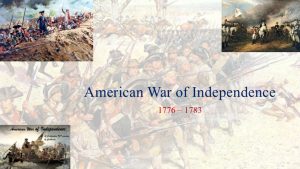
The American Revolution
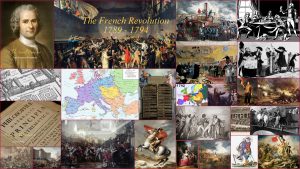
The French Revolution
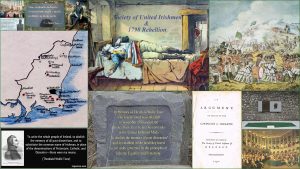
1798 Rebellion
Motives for Exploration
- POWER: European countries were eager to explore and claim new territories to expand their power & prestige. Rivalry amongst European nations was foremost in this regard.Cost of exploration (ships, men, raw materials) meant that nationalmonarchies/governments were involved in sponsoring these voyages of discovery.
- CULTURE: Europeans believed in spreading Christianity and their language. Much of this belief was based on the common European ideal of ‘civilisation’ and ‘progress’ i.e. that it was Europeans’ duty to ‘enlighten’ and ‘educate’ less advanced peoples.
- ECONOMICS: One particular motive for exploration was that of spices in particular and resources in general. Great wealth and prosperity for themselves, their King and their country in general could be achieved in securing these resources and raw materials in far-off territories.
The Stone Age
The Stone Age is classified into three main categories:
The Stone Age is the 1st Period of Pre-History i.e. the era of Human History preceding writing and literacy.
The 2nd & 3rd Period of Pre-History are The Bronze Age & the The Iron Age respectively.
Paleolithic Stone Age
Period: CIRCA 2.7 million years ago – 10,000 BC
Key Development:
Mesolithic Stone Age
Period: CIRCA 8,500 BC – 4000 BC
Key Development:
Neolithic Stone Age
Period: CIRCA 4500 BC – 3000 BC
Key Development: Farming
The Bronze Age
The Bronze Age Period:
CIRCA 3,300 BC – 1200 BC
The Middle Ages
Life in a Medieval Castle
Motte & Baileys were built in the early Middle Ages. These later developed and expanded into what we know today as Medieval Castles.
What was the purpose of a Motte & Bailey?
 After the fall of the Roman Empire, most peoples retreated into their local territories and did not travel outside of the areas they knew. With the fall of the Roman Empire and the disappearance of the Roman legions, people in isolated areas now relied on their local lords or kings for protection. Increased threats from roaming groups and barbarians meant that local chiefs/ lords had to increase their own physical security.
After the fall of the Roman Empire, most peoples retreated into their local territories and did not travel outside of the areas they knew. With the fall of the Roman Empire and the disappearance of the Roman legions, people in isolated areas now relied on their local lords or kings for protection. Increased threats from roaming groups and barbarians meant that local chiefs/ lords had to increase their own physical security.
With this in mind, they created settlements known as Motte & Baileys. These allowed the lord, his family and loyal soldiers to retreat uphill into the ‘Motte’ when the Bailey was threatened by barbarians and looters. From this early Motte & Bailey type-settlement, the Medieval Castle slowly emerged.
Life in a Medieval Castle
Life in a Medieval Monastery
The City of Rome
courtesy of Smarthistory, Khan Academy.
The most prominent buildings of Rome were:
- Pantheon
- Curia (Roman Senate) & Forum
- The Flavian Amphitheatre (Colosseum)
- Circus Maximus
- Aqua Claudia (main aqueduct of Rome)
- Baths of Trajan
- Temple of Venus & Rome
- Arch of Constantine
- Arch of Septimus Severus
Atlas of History
This section contains a selection of maps, depictions and atlases which show Europe & other regions in detail at the stated times. Click on each to view full-size map and a brief historiography of that time/event. booo
Greece during the Persian Wars
Greece during the Peloponnesian War
The Role of Patrons
A Patron is a wealthy individual who commissions (pays for) works of art & architecture by painters, sculptors, architects and writers.
•Patrons, such as Lorenzo de Medici, paid artists to create works of art for their city-states
•De Medici paid scholars to go to Greece to find manuscripts to fill his library in Florence
•De Medici’s family had made their fortune in banking
•Lorenzo paid scholars, writers and scientists to fill his library
•Other city-states competed with Florence and hired artists to create works of art
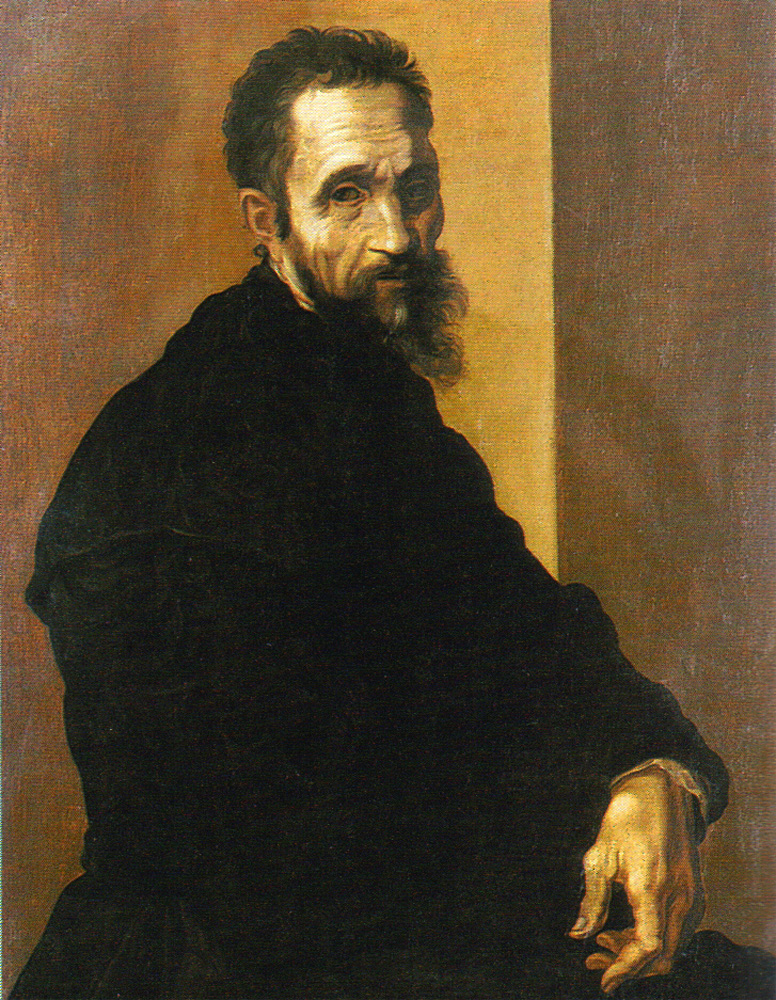
Michelangelo 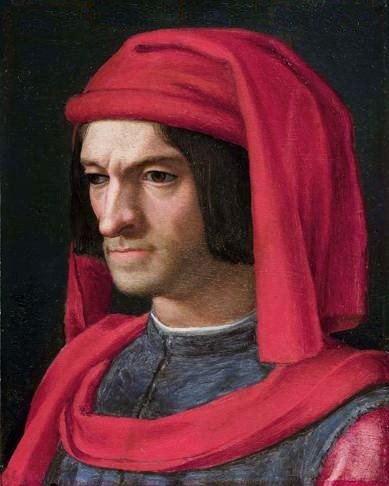
Lorenzo de Medici 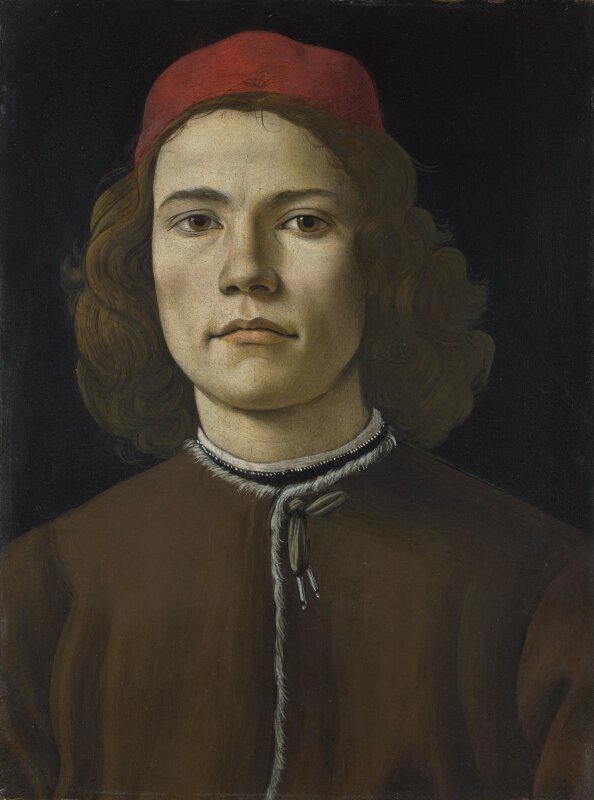
Botticelli
‘Il Magnifico’
(1449 – 1492)
Lorenzo de Medici, otherwise known as ‘Lorenzo the Magnificent’ was a scholar, diplomat, businessman and patron of the arts. An incredibly powerful and influential ‘de facto’ ruler of Florence, he invested an enormous amount of money and time in developing the artistic and aesthetic nature of Florence. Lorenzo was a patron to both Michelangelo and Botticelli.
Patronage & Protest: The Legacy of New Perspectives
The de Medici family had loaned money to the papacy since the time of Cosimo de Medici, Lorenzo’s grandfather. This gave Lorenzo great influence with the Papacy. Lorenzo’s son, Giovanni, became a cardinal before being ordained Pope Leo X. Pope Leo X would be the one to excommunicate Martin Luther after his refusal to recant his ’95 Theses,‘ a document that became famous due to its widespread reproduction by Gutenberg‘s printing press.
The Council of Trent
The Council of Trent
1545-1563
AIMS:
- REFORM: Emperor Charles V wanted them to first address abuses within the Church, e.g. Nepotism, Pluralism, Sale of Indulgences etc.
- DOCTRINE: Pope Paul III was more interested in changes to doctrine and did not want to reform as it would financially damage the Papacy & undermine his authority
- Three different sessions were held over the course of 18 years.
- Over 270 cardinals & bishops attended
- Pope is represented by ‘Legates’
1st Session: 1545-1549
2nd Session: 1551-1552
3rd Session: 1562-1563
Decrees of the Council of Trent:
- Faith AND good works are required for salvation
- Sale of Indulgences to be continued in ‘moderation‘
- Martin Luther’s publications e.g. ’95 Theses’ are banned
- The Jesuits are set up to spread Catholicism through education
- The ‘Inquisition‘ is created: a trial for religious heresy (or beliefs that are anti-Catholic)













